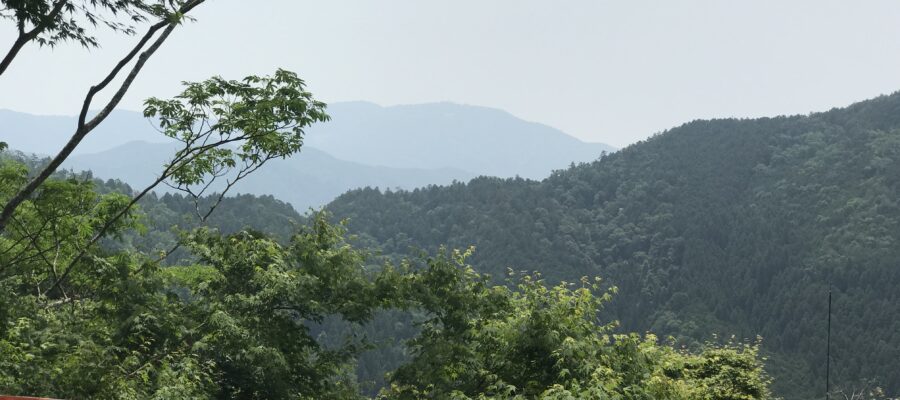【じゃらん】国内25,000軒の宿をネットで予約OK!2%ポイント還元!
赤い天狗が駅でお出迎え
叡山電鉄の終点、鞍馬駅を降りるといきなり天狗の赤い顔の像に出会いました。鞍馬天狗かと思いながら道を進むと山門に到着。金網が切れたところか仁王像に御挨拶して、ケーブルカーで中腹の多宝塔まで一気に駆け上がりました。
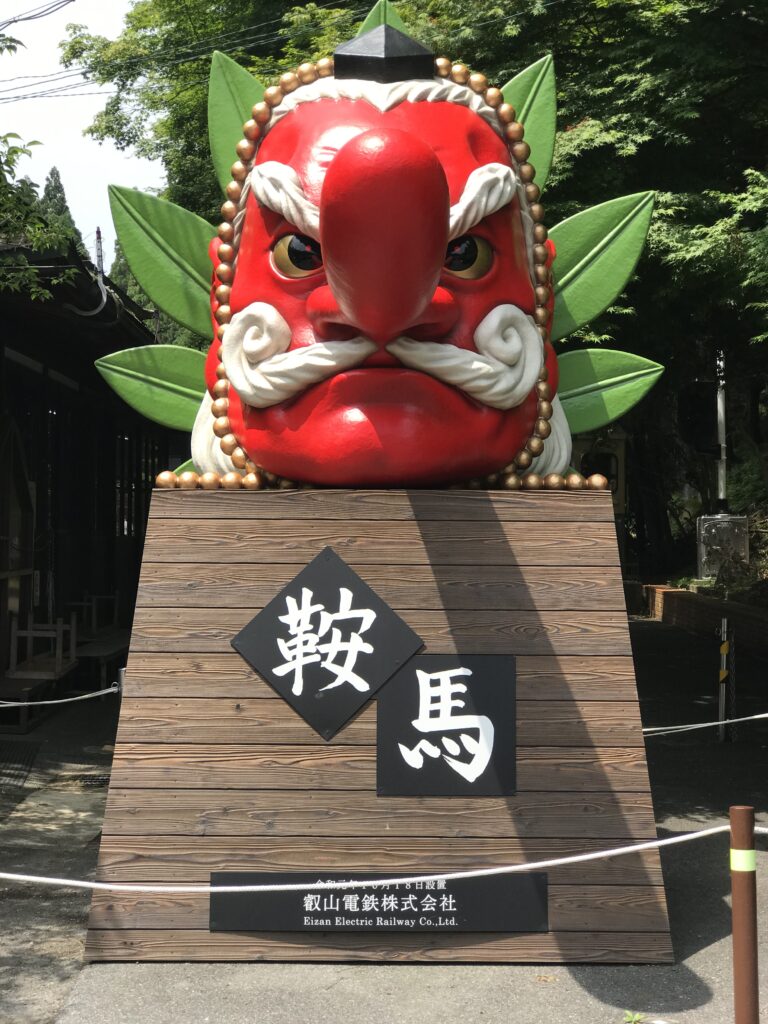
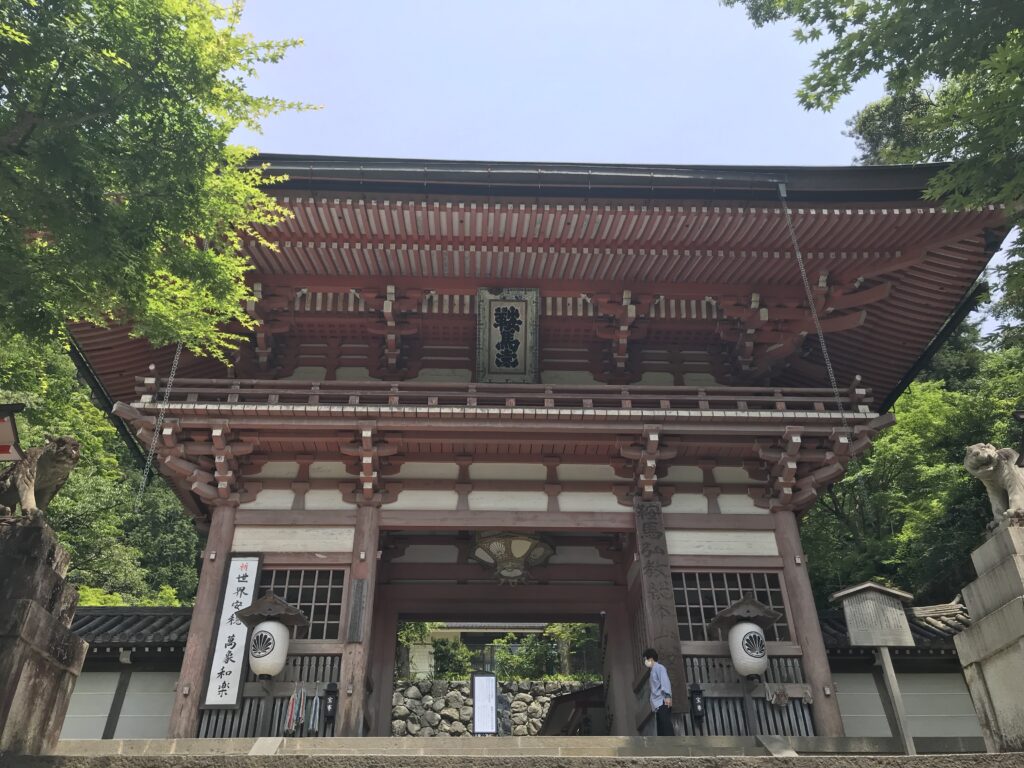
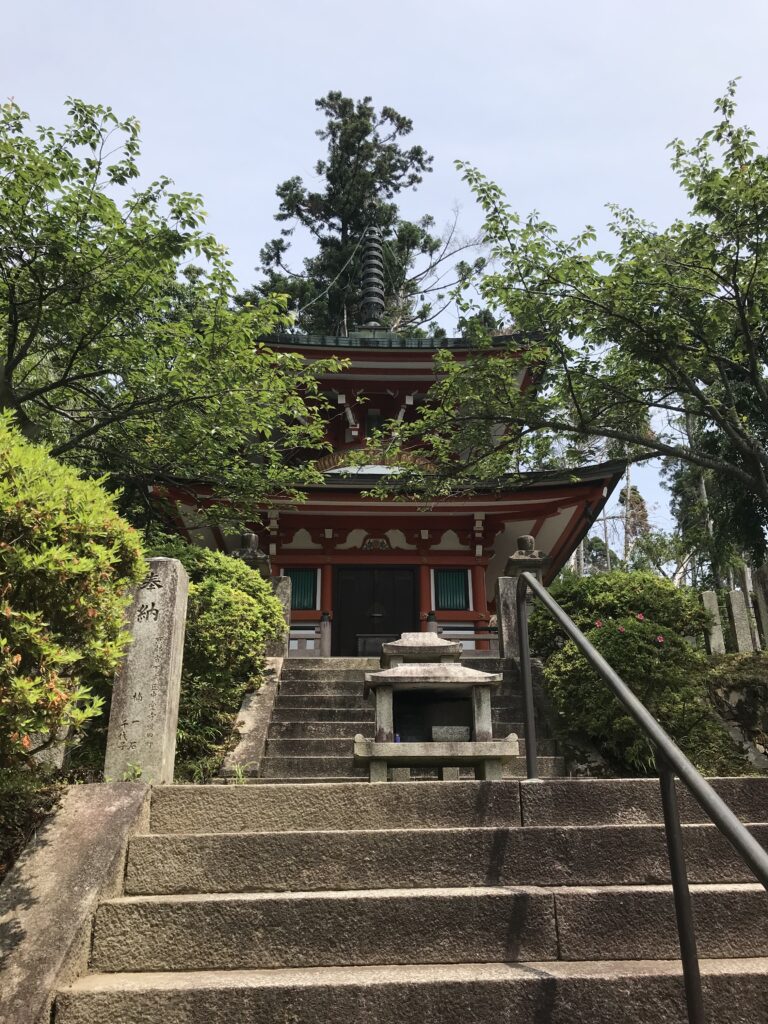
北から京都を守る
比叡山が平安京にとって鬼門(北東)の守りであれば、ここ鞍馬は北の守りでしょうか。本殿金堂の前からは南の山並みが見え、その向こうに京都があります。
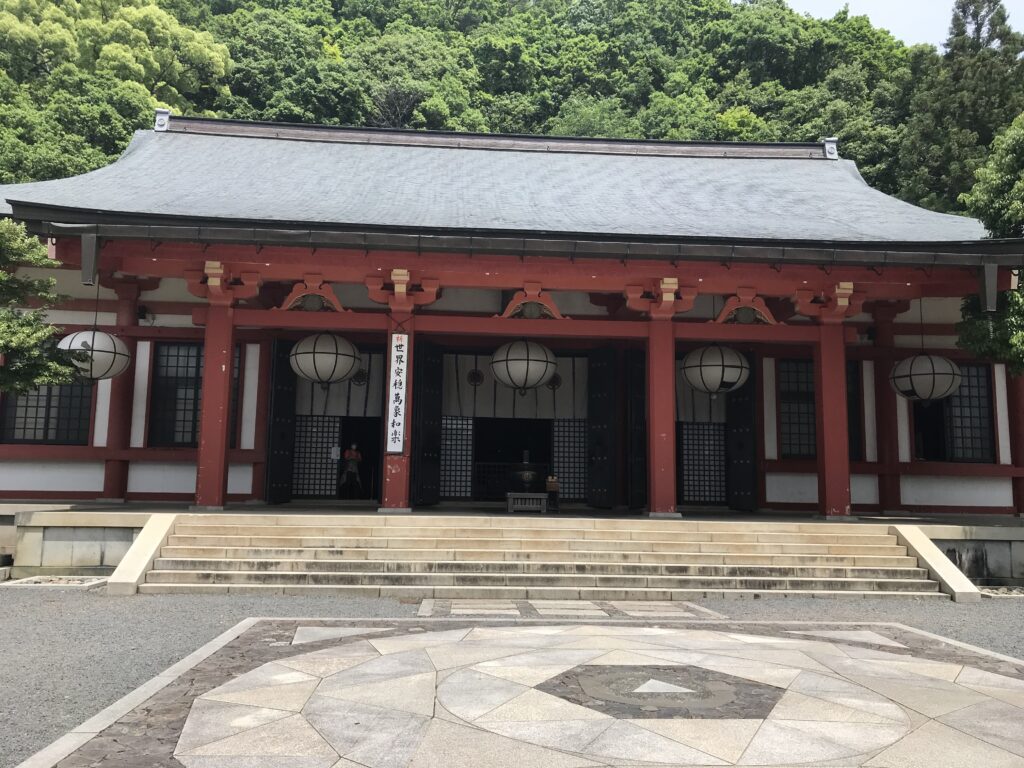
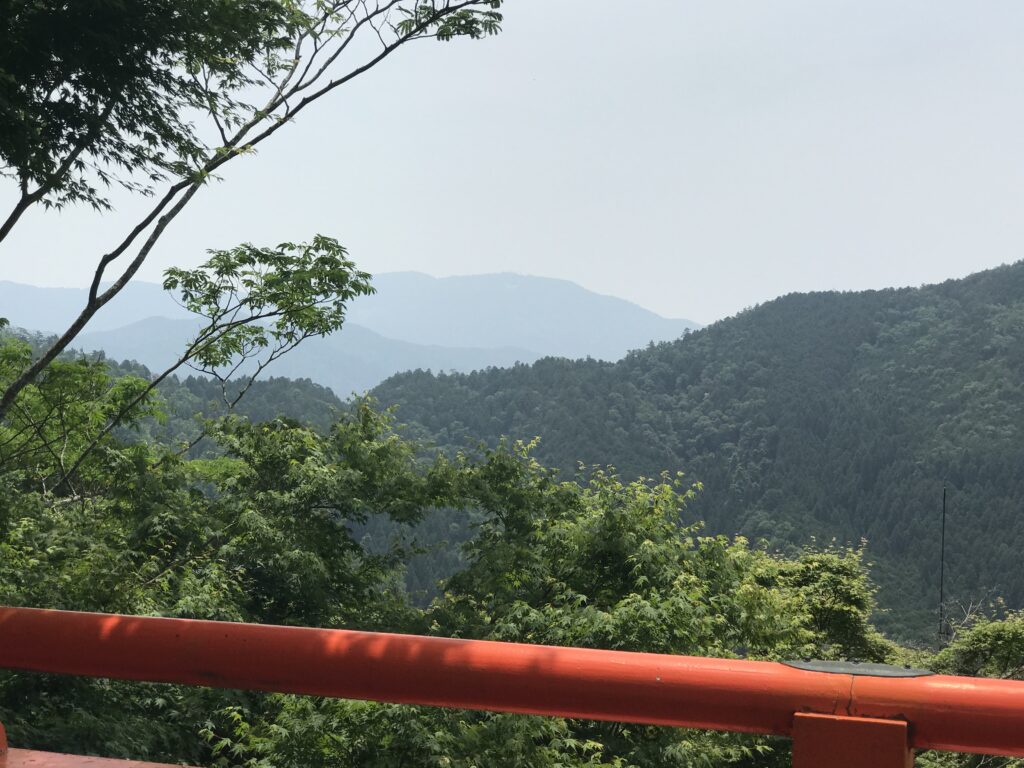
ここは牛若丸こと、源義経ともゆかりのある場所です。一説では、この山奥で義経は忍術を習っていたともいわれます。その兵法修行に通う途中、のどの渇きをうるおしたと伝えられる「息つぎの水」もあります。
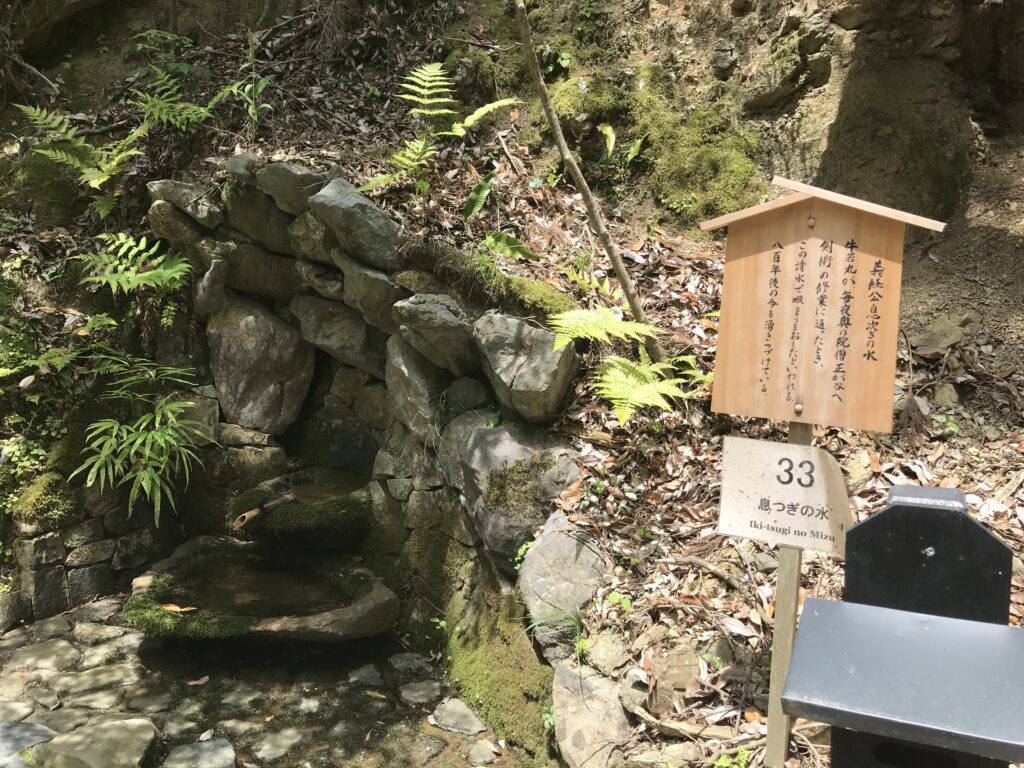
都聖観音菩薩像を観る
時間がないので、今日はそれ以上奥にはいかず、霊宝殿を拝観しました。ここには毘沙門天の像をはじめ、国宝の仏像3体があります。ただ、一番印象に残ったのは国宝の仏像ではなく、木彫りの聖観音菩薩立像です。今まで、それなりにたくさんの仏像を見てきましたが、本当に慈悲の心を感じる表情に驚くと共に、心を惹かれました。顔立ちの異なる、海外の方が同じように感じるかはわかりませんが、日本人にはすごく心がやわらぐ表情をされています。
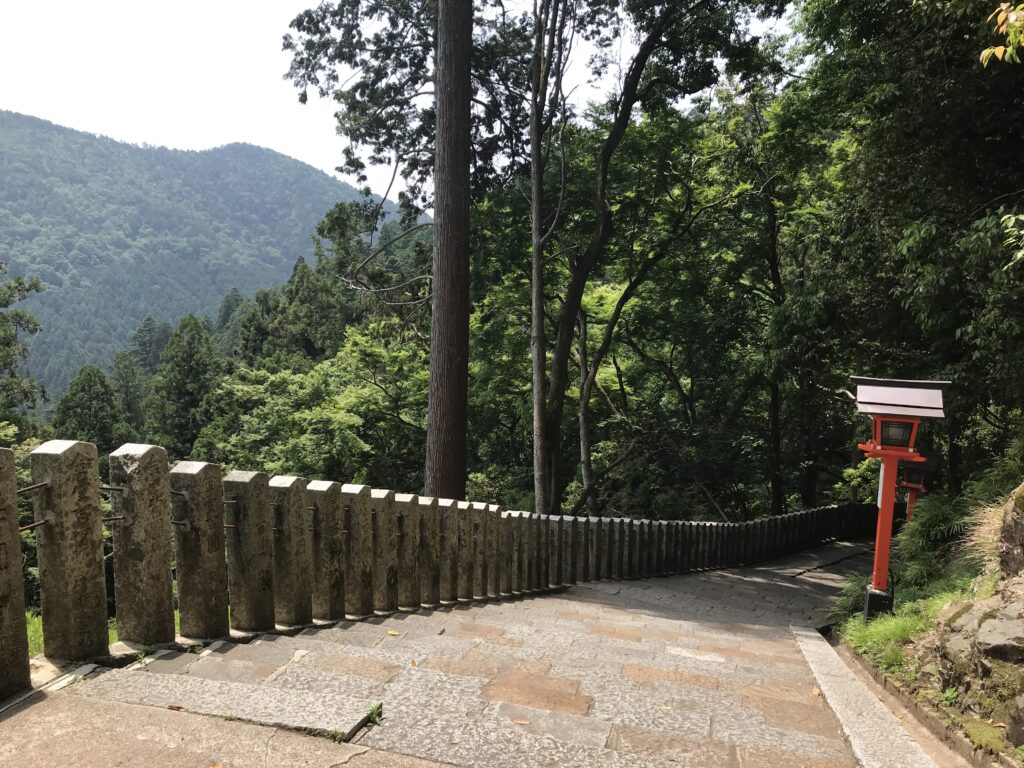
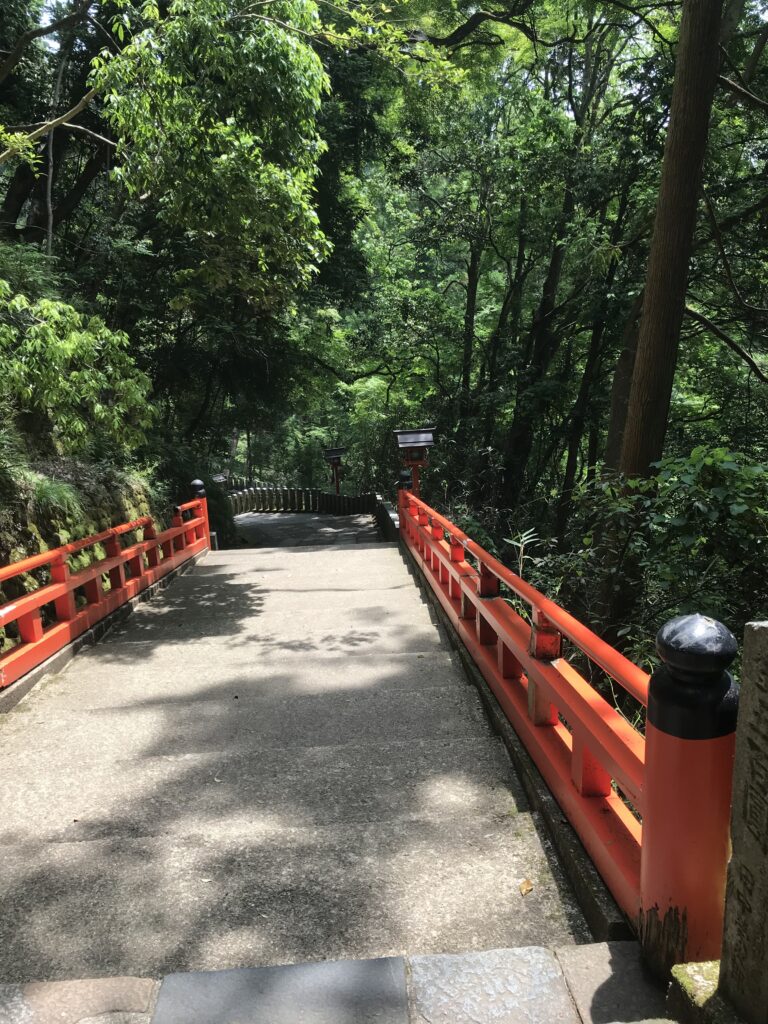
駅までの帰路は歩いて山を下ることにしました。途中、由岐神社でも御朱印をいただきながら樹々の中、心地よく歩きました。今日は、自分がイメージする観音様にピッタリ合致する像に出会えて、すごく気分のいい訪問になりました。(完)
鞍馬寺の御朱印
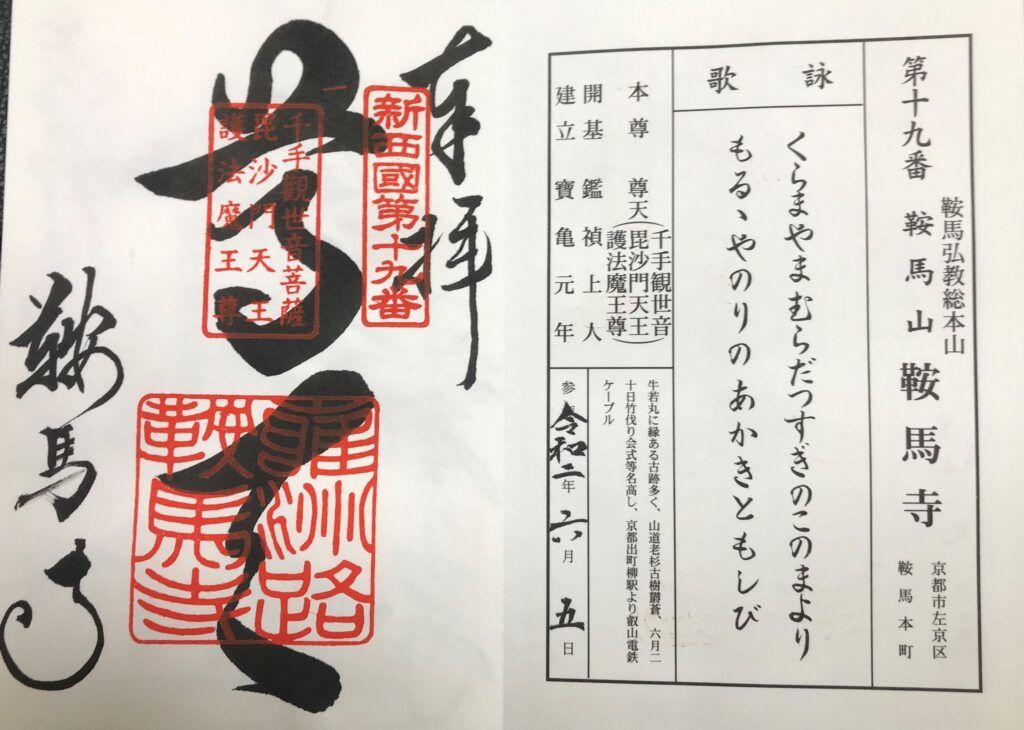
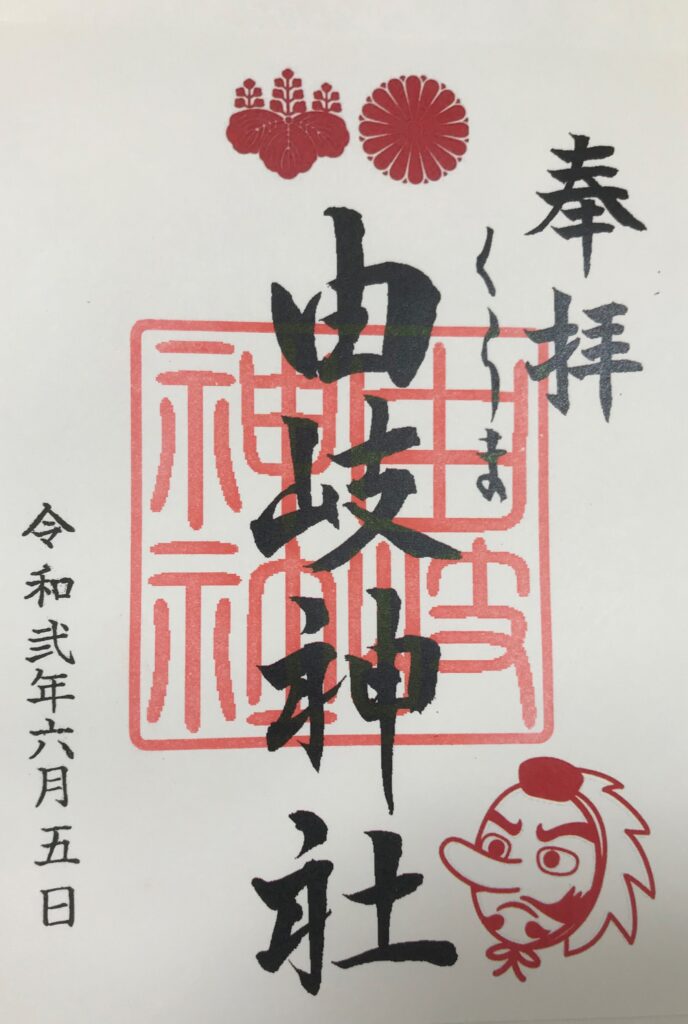
鞍馬寺が紹介されている書籍
神仏霊場会の公式ガイドブックに鞍馬寺が紹介されています。
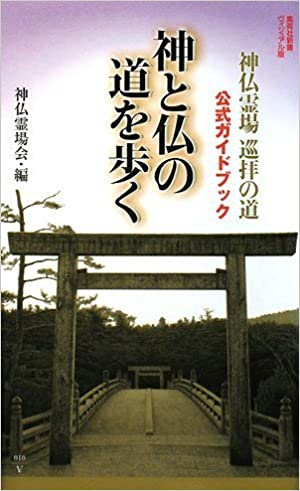
神と仏の道を歩く 神仏霊場巡拝の道公式ガイドブック (集英社新書ヴィジュアル版) [ 神仏霊場会 ]
価格:1,466円
(2021/5/6 09:24時点)
感想(5件)
Kurama Temple (Kyoto)
A red tengu welcomes you at the station
As I got off at Kurama Station, the last stop on the Eizan Electric Railway line, I was suddenly met by a statue of a red-faced tengu. I thought it might be a Kurama Tengu, but I continued on my way and arrived at the gate of the temple. I greeted the Niou statues and took the cable car up the hillside to the Taho-to (pagoda).
Protecting Kyoto from the North
If Mt. Hieizan is the devil’s gate (northeast) protection for Heian-kyo, then Kurama here is probably the northern protection. From the front of the main Kondo hall, one can see the mountains to the south, with Kyoto beyond.
This place is also associated with Minamoto no Yoshitsune, a.k.a. Ushiwakamaru. According to one theory, Yoshitsune learned ninjutsu deep in the mountains here. The “breath-quenching water” is said to have quenched his thirst while he was on his way to train in the art of war.
View the statue of the Bodhisattva of the Metropolitan Holy Avalokitesvara Bodhisattva.
Since I was short on time, I did not go any further into the temple today, but instead visited the Reihouden. Here, there are three national treasures, including a statue of Bishamonten (Bishamonten). However, what impressed me the most was not the national treasure Buddha image, but the standing wooden carved statue of Sho-Kannon Bosatsu (Saint Avalokitesvara). I have seen a good number of Buddhist statues in my life, but I was surprised and fascinated by the expression of compassion that I really felt. I am not sure if foreign people with different facial features would feel the same way, but for Japanese people, the expression on the face is very heartwarming.
I decided to walk back down the mountain to the station. On the way, I walked comfortably through the trees while also receiving a red seal at Yuki Shrine. It was a very pleasant visit today, as I found a statue that perfectly matched my image of Kannon. (End)
Temple Kurama (Kyoto)
Un tengu rouge vous accueille à la gare.
En descendant à la gare de Kurama, le dernier arrêt de la ligne de chemin de fer électrique d’Eizan, j’ai soudain été accueilli par la statue d’un tengu au visage rouge. J’ai pensé qu’il s’agissait peut-être d’un tengu de Kurama, mais j’ai continué mon chemin et je suis arrivé à la porte du temple. J’ai salué les statues Niou et j’ai pris le téléphérique pour monter sur la colline jusqu’au Taho-to (pagode).
Protéger Kyoto du nord
Si le mont Hieizan est la porte du diable (nord-est) qui protège Heian-kyo, alors Kurama est probablement la protection du nord. De l’avant de la salle principale Kondo, on peut voir les montagnes au sud, avec Kyoto au-delà.
Ce lieu est également associé à Minamoto no Yoshitsune, alias Ushiwakamaru. Selon une théorie, Yoshitsune aurait appris le ninjutsu au plus profond des montagnes ici. L'”eau qui coupe le souffle” aurait étanché sa soif alors qu’il était en route pour s’entraîner à l’art de la guerre.
Admirez la statue du bodhisattva du saint métropolitain Avalokitesvara.
Comme je n’avais pas beaucoup de temps, je ne suis pas allé plus loin dans le temple aujourd’hui, mais j’ai plutôt visité le Reihouden. Ici, il y a trois trésors nationaux, dont une statue de Bishamonten (Bishamonten). Cependant, ce qui m’a le plus impressionné n’est pas l’image du Bouddha, trésor national, mais la statue debout en bois sculpté de Sho-Kannon Bosatsu (Saint Avalokitesvara). J’ai vu un bon nombre de statues bouddhistes dans ma vie, mais j’ai été surpris et fasciné par l’expression de compassion que j’ai réellement ressentie. Je ne sais pas si des personnes étrangères ayant des traits de visage différents ressentiraient la même chose, mais pour les Japonais, l’expression du visage est très réconfortante.
J’ai décidé de redescendre à pied de la montagne jusqu’à la gare. En chemin, j’ai marché confortablement à travers les arbres tout en recevant un sceau rouge au sanctuaire Yuki. C’était une visite très agréable aujourd’hui, car j’ai trouvé une statue qui correspondait parfaitement à mon image de Kannon. (Fin)
